Electro-Harmonix (EHX) is a legendary manufacturer of guitar pedals and audio electronics, renowned for their distinctive sound and pioneering designs. Established in 1968 by Mike Matthews, EHX has played a significant role in shaping the landscape of effects pedals. The company’s pedals are celebrated for their innovative circuits and unique tones, earning them a dedicated following among musicians across genres. From classics like the Big Muff Pi fuzz to modern favorites like the POG octave generator, Electro-Harmonix pedals are known for their versatility and sonic character.
EHX’s product lineup spans a wide range of effects categories, including distortion, modulation, delay, and reverb, among others. Their pedals often feature intuitive controls and rugged construction, making them suitable for both stage and studio use. In addition to their iconic standalone pedals, Electro-Harmonix has also produced notable units such as the Memory Man delay/echo and the Holy Grail reverb, which have become staples in many guitarist’s rigs. With a legacy of innovation and a commitment to quality, Electro-Harmonix continues to be a leading force in the world of guitar effects, inspiring musicians to explore new sonic possibilities.
Just Pedal Ingredients.
Chorus — A chorus pedal works by splitting your signal, slightly delaying one part and modulating its pitch before blending it back with the original. The result is a rich, shimmering tone that feels wide and fluid, almost as if several guitars are playing together in unison. It’s an effect that can add life and movement to your playing, making clean tones sound lush and dreamy or adding a subtle shimmer to warm overdrive.
From the classic 80s shimmer heard on countless records to modern ambient textures, the chorus effect remains timeless. Whether you want a gentle swirl for rhythm parts or a deep, detuned wash for atmospheric soundscapes, a good chorus pedal brings space and dimension to your tone. It’s a staple on many pedalboards for its ability to transform even the simplest chords into something spacious and expressive.
. Clone — In the world of guitar effects, a “clone” refers to a pedal or effects unit that emulates the sound and function of an existing, often iconic, pedal. These clones are crafted to replicate the tonal qualities and operational characteristics of the original pedals, which might be vintage, rare, or highly coveted. Clones are particularly appealing because they often provide a similar sonic experience at a much lower cost than the originals. This makes them accessible to musicians who want classic or unique sounds without the premium price tag associated with authentic or vintage models.
Clones are also popular because they often enhance the original designs by incorporating modern features or improvements. Builders of clone pedals might add true bypass switching, superior components for increased reliability, or additional controls for greater versatility. This makes clones not only a more affordable alternative but sometimes even a preferable choice due to their enhanced functionality and durability. Consequently, clone pedals enable musicians to experiment with a wide range of tones and effects without the financial commitment, making them a valuable resource for guitarists looking to expand their sonic palette.. Pedal — Your pedal is like a signature dish for your sound — a flavour-packed creation that transforms the bland ingredients of your guitar into something unforgettable. Each one adds its own seasoning, texture, and heat, turning a simple meal into a feast of tone.
These tasty little boxes sit in a row, like plates on a buffet, letting you mix and match flavours as you play. With one tap of your foot, you can swap sweet for spicy, subtle for smoky, and serve up something completely new. From the comfort food of warm overdrive to the fiery kick of fuzz, from smooth jazz sauce to heavy-metal spice, pedals give players a full menu of options to express their taste. And just like with food — once you’ve tried one dish, you’ll want to sample them all.
Collecting, trading, and discovering new flavours soon becomes part of the joy of being a tone-loving gourmet geek with a guitar.. Stereo — A stereo pedal or setup splits your guitar signal into two separate outputs, allowing you to create a wide, spacious sound when run into two amps or channels. Effects like chorus, delay, and reverb sound especially lush in stereo, as the modulation or repeats can bounce between left and right channels for a three-dimensional feel. It’s a popular choice for players who want to fill a room or studio mix with depth and movement that a single amp simply can’t produce.
Using stereo pedals opens up creative options for layering tones and building immersive soundscapes. You can pan effects across the stereo field, send clean and effected signals to different amps, or combine analogue and digital textures for a rich, dynamic sound. Whether you’re crafting ambient washes or creating a massive live presence, a stereo setup delivers clarity, separation, and a sense of space that transforms your overall tone..

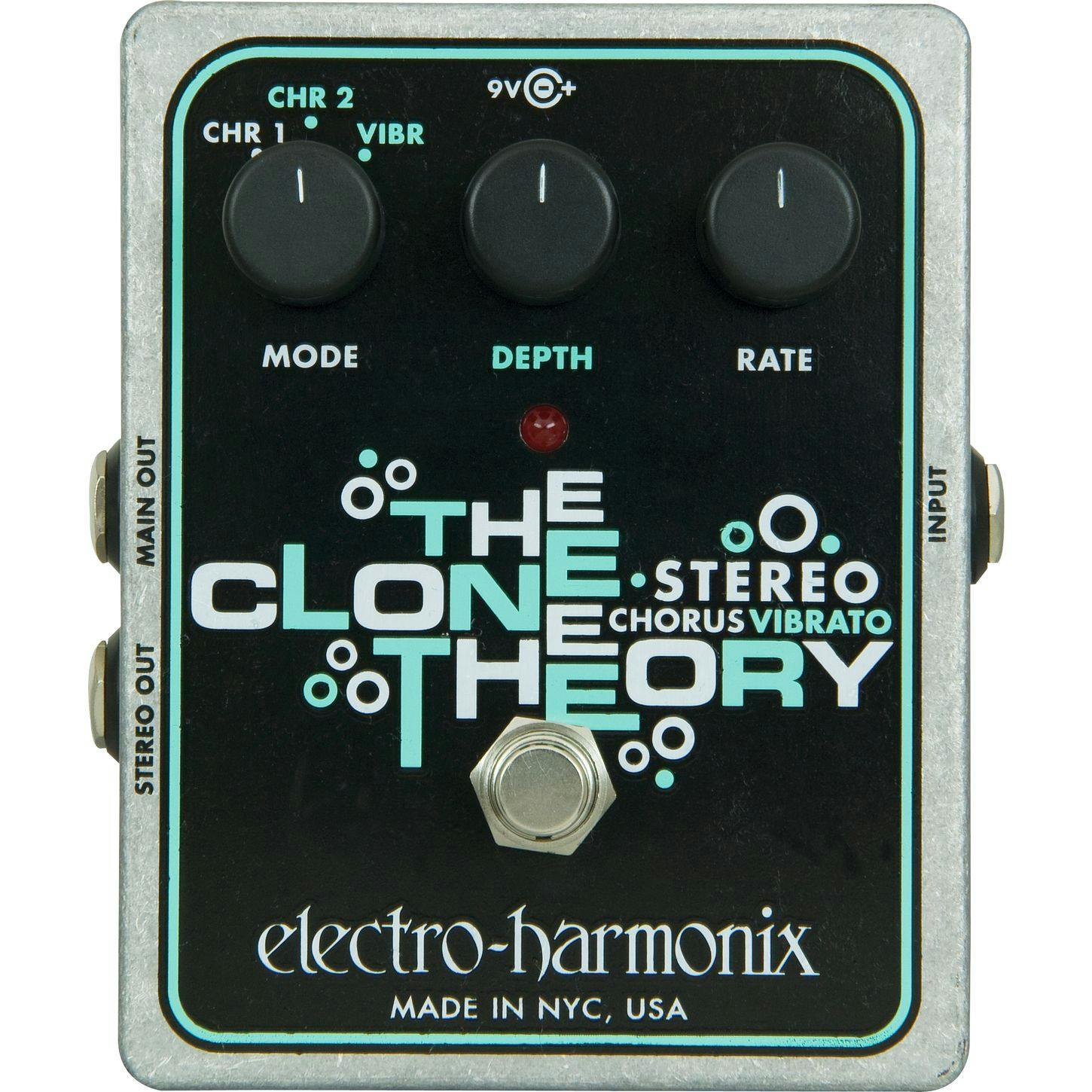
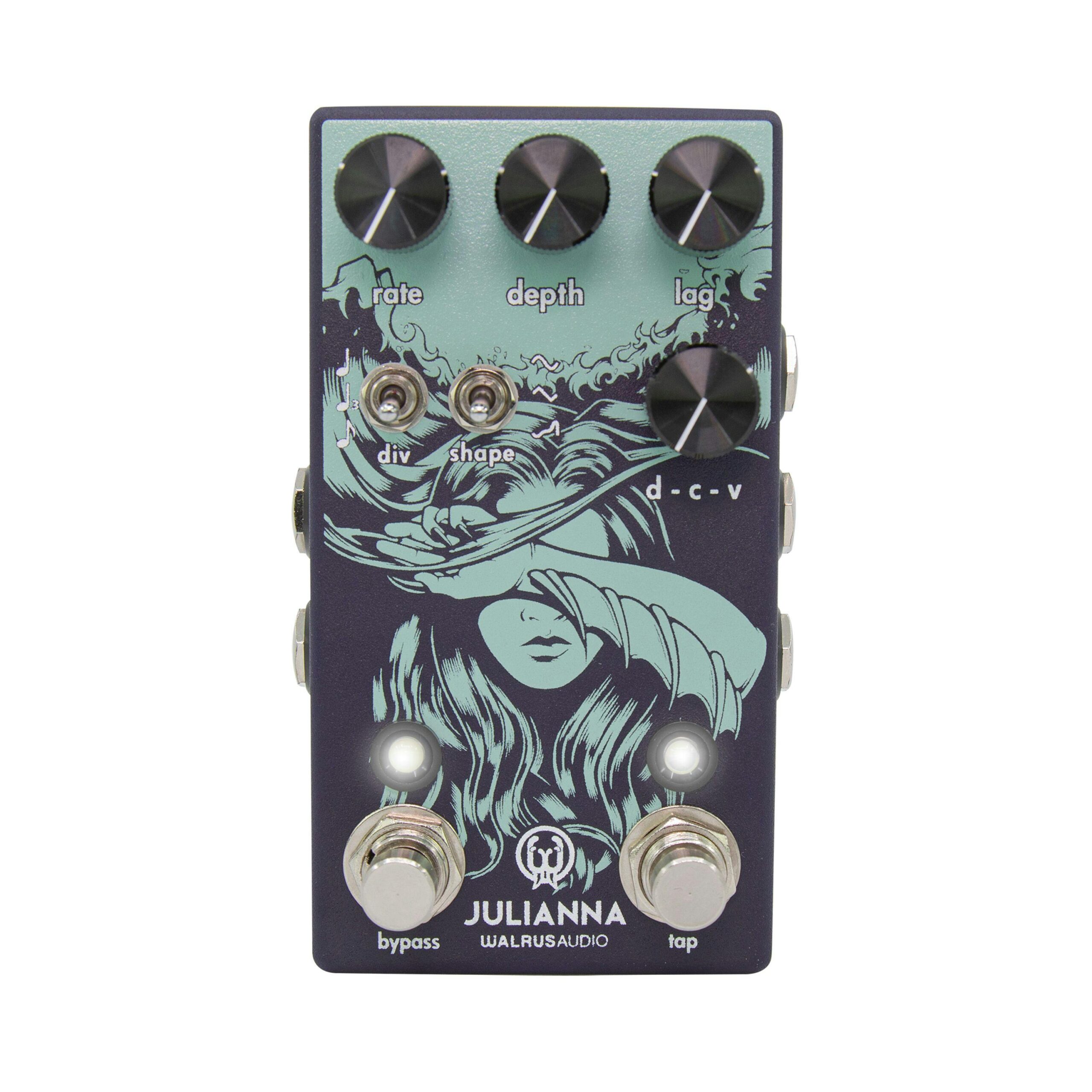
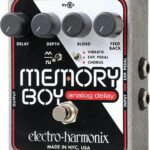
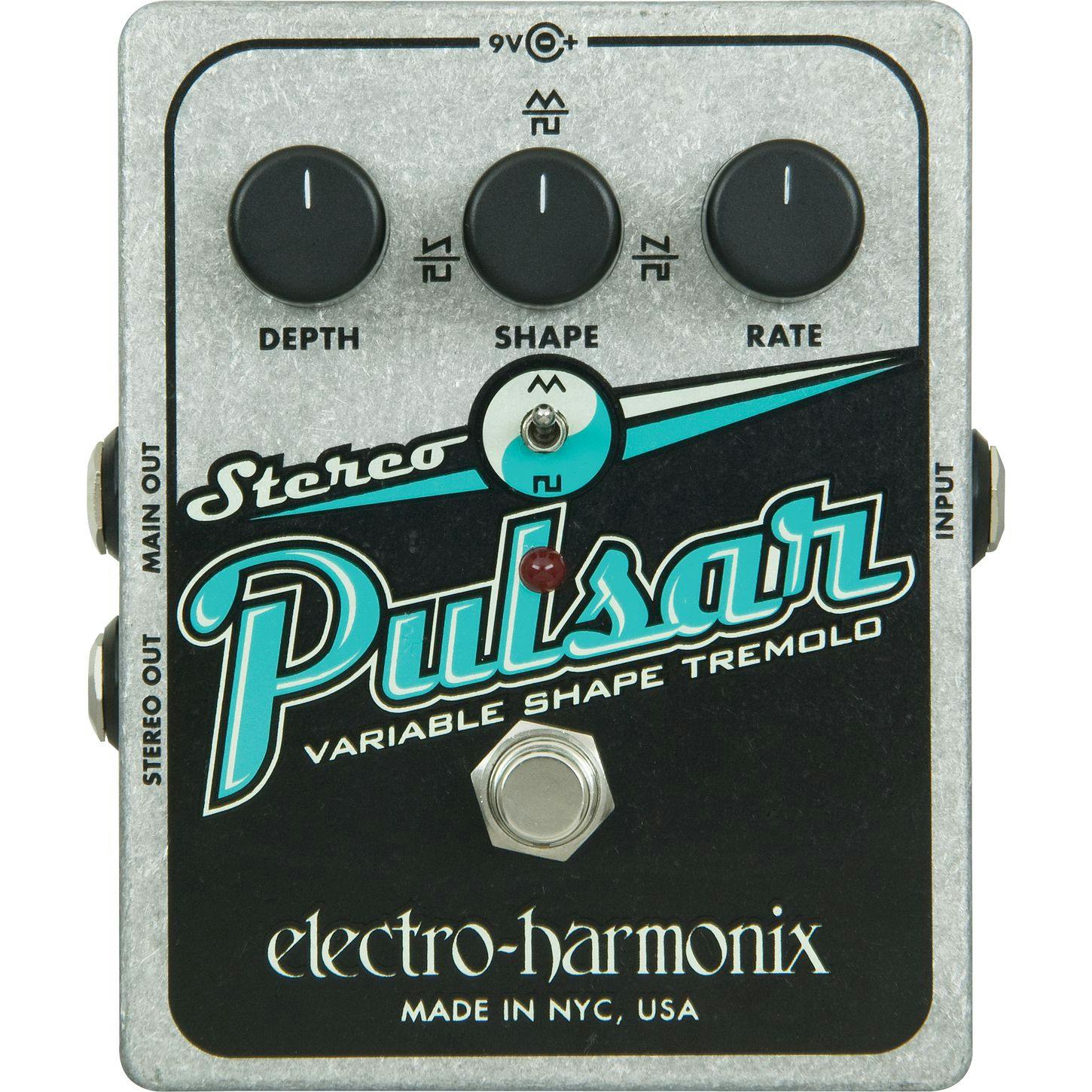
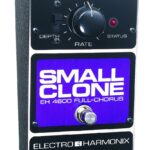
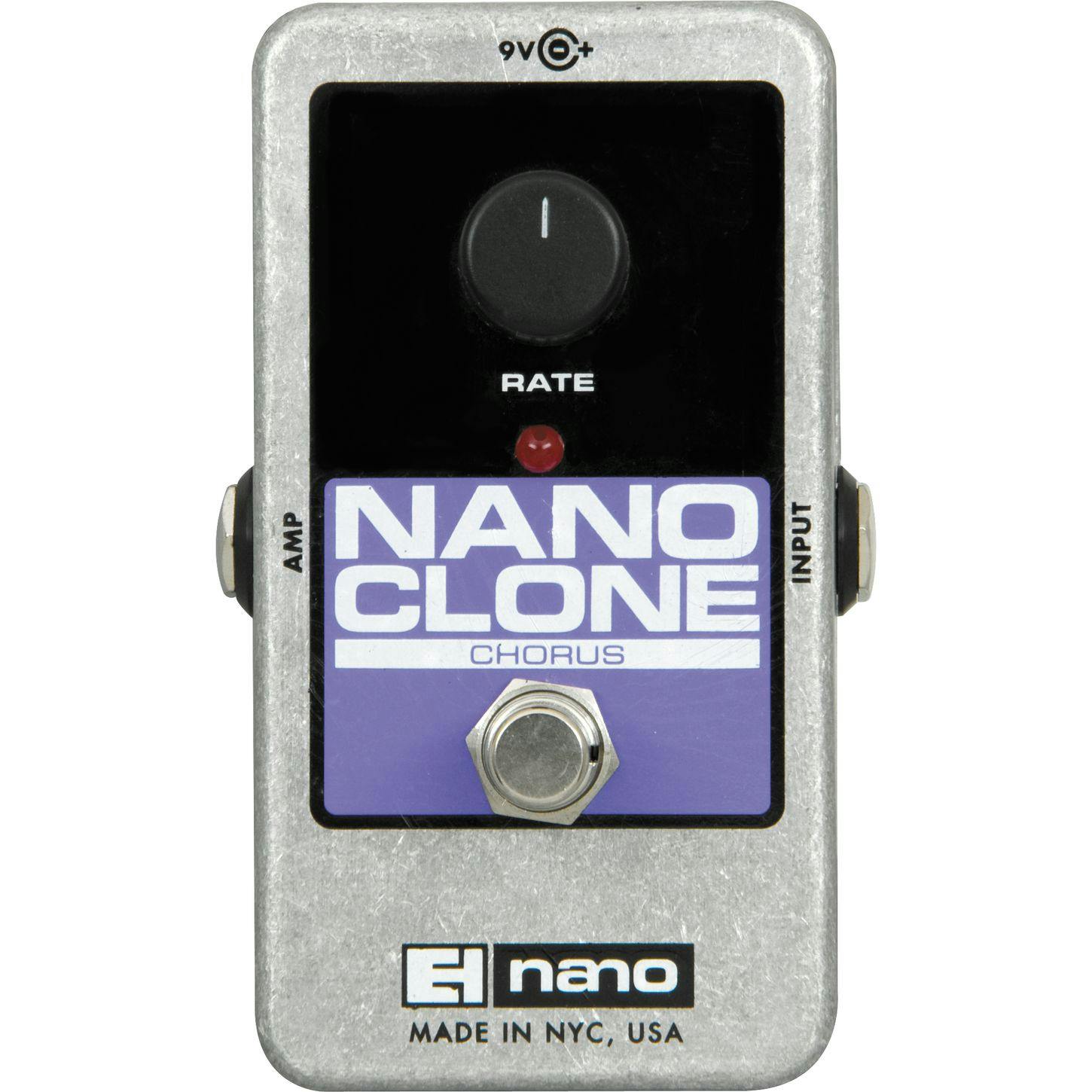
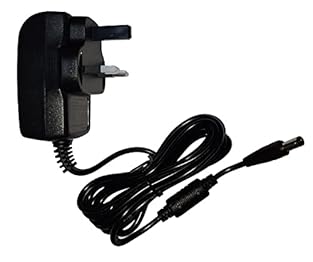
![[Power Specifications] Input voltage: AC 100-240V 50/60Hz, extension cord 5 feet. [Wide use] Widely used in hand-washing counters, Halloween decorations, handheld vacuum cleaners, security equipment, liquid crystal displays, LED lights, light-emittin...](https://m.media-amazon.com/images/I/41LRcg88jPS._SL313_.jpg)


